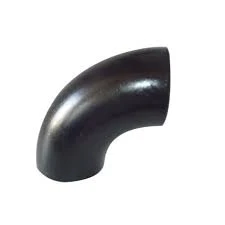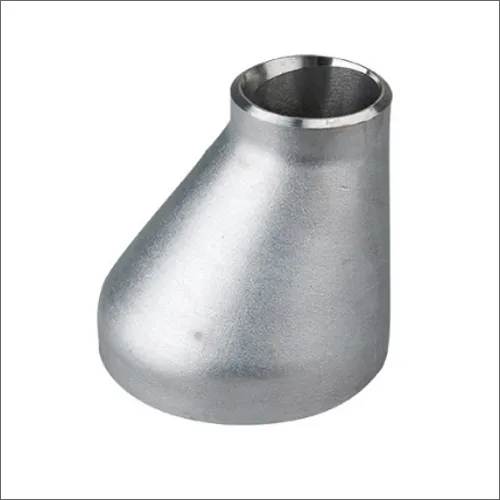-
Cangzhou Yulong Steel Co., Ltd.
-
Phone:
+86 13303177267 -
Email:
admin@ylsteelfittings.com
- English
- Arabic
- Italian
- Spanish
- Portuguese
- German
- kazakh
- Persian
- Greek
- French
- Russian
- Polish
- Thai
- Indonesian
- Vietnamese
- Zulu
- Korean
- Uzbek
- Hindi
- Serbian
- Malay
- Ukrainian
- Gujarati
- Haitian Creole
- hausa
- hawaiian
- Hebrew
- Miao
- Hungarian
- Icelandic
- igbo
- irish
- Japanese
- Javanese
- Kannada
- Khmer
- Rwandese
- Afrikaans
- Albanian
- Amharic
- Armenian
- Azerbaijani
- Basque
- Belarusian
- Bengali
- Bosnian
- Bulgarian
- Catalan
- Cebuano
- China
- China (Taiwan)
- Corsican
- Croatian
- Czech
- Danish
- Esperanto
- Estonian
- Finnish
- Frisian
- Galician
- Georgian
- Kurdish
- Kyrgyz
- Lao
- Latin
- Latvian
- Lithuanian
- Luxembourgish
- Macedonian
- Malgashi
- Malayalam
- Maltese
- Maori
- Marathi
- Mongolian
- Myanmar
- Nepali
- Norwegian
- Norwegian
- Occitan
- Pashto
- Dutch
- Punjabi
- Romanian
- Samoan
- Scottish Gaelic
- Sesotho
- Shona
- Sindhi
- Sinhala
- Slovak
- Slovenian
- Somali
- Sundanese
- Swahili
- Swedish
- Tagalog
- Tajik
- Tamil
- Tatar
- Telugu
- Turkish
- Turkmen
- Urdu
- Uighur
- Welsh
- Bantu
- Yiddish
- Yoruba

Feb . 15, 2025 12:53 Back to list
flange coupling types
Flange couplings play a pivotal role in connecting rotating shafts in industrial machinery. They ensure seamless torque transmission, minimize shaft misalignment, and reduce vibrations, enhancing the machinery's overall efficiency and longevity. When selecting the appropriate flange coupling types, it is essential to understand their distinct features and applications to make well-informed decisions that enhance operational performance.
Within the domain of advanced mechanical applications, the Magnetic flange coupling stands out due to its contactless nature. Utilizing magnetic forces to transmit torque, these couplings eliminate the risk of mechanical wear and are most appropriate for environments where sealing and contamination concerns are critical, such as chemical or pharmaceutical processing. Their non-contact design also allows for service in vacuum and cryogenic settings. Increasingly, intelligent flange couplings—integrating IoT technologies—are emerging. By embedding sensors and communication devices, these couplings can provide real-time data on operational status, efficiency, and predictive maintenance alerts. This technological advancement ensures that modern industrial setups remain ahead in terms of efficiency and responsiveness to mechanical conditions, enhancing overall reliability. When selecting the appropriate flange coupling, it is crucial to consider factors such as rotational speed, torque capacity, misalignment tolerance, and environmental conditions. Each type brings unique advantages, and understanding these will guide you to the ideal solution that promotes operational excellence. Consulting manufacturers or industry experts can further aid in selecting the right coupling type, ensuring that the integration will reinforce the machinery’s performance and contribute to its longevity. In summary, flange couplings are indispensable in industrial applications, providing essential connections that maintain operational efficiency. Recognizing the various types and their distinct applications ensures optimal machinery performance, minimizing downtime, and reducing maintenance costs. By leveraging the expertise in choosing and maintaining flange couplings, industries can realize improved productivity and sustainable operational practices.


Within the domain of advanced mechanical applications, the Magnetic flange coupling stands out due to its contactless nature. Utilizing magnetic forces to transmit torque, these couplings eliminate the risk of mechanical wear and are most appropriate for environments where sealing and contamination concerns are critical, such as chemical or pharmaceutical processing. Their non-contact design also allows for service in vacuum and cryogenic settings. Increasingly, intelligent flange couplings—integrating IoT technologies—are emerging. By embedding sensors and communication devices, these couplings can provide real-time data on operational status, efficiency, and predictive maintenance alerts. This technological advancement ensures that modern industrial setups remain ahead in terms of efficiency and responsiveness to mechanical conditions, enhancing overall reliability. When selecting the appropriate flange coupling, it is crucial to consider factors such as rotational speed, torque capacity, misalignment tolerance, and environmental conditions. Each type brings unique advantages, and understanding these will guide you to the ideal solution that promotes operational excellence. Consulting manufacturers or industry experts can further aid in selecting the right coupling type, ensuring that the integration will reinforce the machinery’s performance and contribute to its longevity. In summary, flange couplings are indispensable in industrial applications, providing essential connections that maintain operational efficiency. Recognizing the various types and their distinct applications ensures optimal machinery performance, minimizing downtime, and reducing maintenance costs. By leveraging the expertise in choosing and maintaining flange couplings, industries can realize improved productivity and sustainable operational practices.
Latest news
-
ANSI 150P SS304 SO FLANGE
NewsFeb.14,2025
-
ASTM A333GR6 STEEL PIPE
NewsJan.20,2025
-
ANSI B16.5 WELDING NECK FLANGE
NewsJan.15,2026
-
ANSI B16.5 SLIP-ON FLANGE
NewsApr.19,2024
-
SABS 1123 FLANGE
NewsJan.15,2025
-
DIN86044 PLATE FLANGE
NewsApr.19,2024
-
DIN2527 BLIND FLANGE
NewsApr.12,2024
-
JIS B2311 Butt-Welding Fittings LR/SR 45°/90° /180°Seamless/Weld
NewsApr.23,2024











